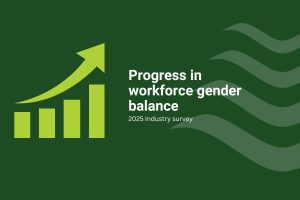Amidst significant global currency turmoil, the Australian Dollar has continued its declines against the US Dollar. At the end of July 2015, the Skippy was trading at USD0.7294, having slumped 5% over a month. While all the global economic news is focused on the devaluation of the Chinese Renminbi and jitters about the Chinese economy, the depreciation of the Australian Dollar has been sustained and is now very deep.
The chart shows the Australian Dollar weakening against the US Dollar since mid-2013, but it also shows its appreciation against the Yen over the same period as Japan dumped its currency in the currency wars. Relative stability against the Euro, compared with the US Dollar in particular, has favored European produced commodities as later items in this edition of Statistics Count will demonstrate.

To go straight to the dashboard and take a closer look at the data, click here.
Currency should be the sole topic in Australia right now. The opportunities the depreciated currency brings are simply enormous for those who export goods and services.
However, with global sharemarkets – including Australia’s – in decline as investors revalue assets, all attention has been on China, with economic indices all pointing to a lasting and troublesome downturn.
The approximately 3% devaluation of the Chinese Renminbi in early August set the ball rolling. Effectively the Chinese Government was engaging in its own round of ‘quantitative easing’, using the tools available to it, signaling expectations that it is struggling to grow and compete in global markets.
Relatively quickly, the inflation of the Chinese sharemarket came back into focus. Too much money, flooding into too few assets with productive potential, amounts to a bubble. That bubble has been of concern for months, but came into stark relief at the end of the 2014-15 financial year.
By the time the Chinese Performance of Manufacturing Index (PMI) reported in early August, the rot had set in. The PMI slumped from 47.8 points in July to 47.1 points in August, its largest fall since 2009. The Chinese PMI (as it does in Australia and other countries) measures the performance of manufacturing industries, on a weighted basis.
Any result below 50.0 means manufacturing is contracting compared with the prior month. Any result above 50 means it is expanding compared with the prior month. August is the sixth successive monthly contraction that has been recorded in China.
All of these measures point to China’s economic growth slowing to between 6% and 7% per annum. It is not that this number is low or the Chinese economy is going backwards. Rather, in aggregate, it is going forward more slowly, dragging the rest of the world (China’s suppliers and undeniably, its customers) back as its own circumstances change.
The global sharemarket correction effectively represents the equities market’s efforts to re-price assets to take account of the new, lower growth story for China. Though it has received less attention over the same period, other major developing country’s PMIs have also been languishing in recent months. Brazil has recorded six successive contractionary months, Russia has chalked up eight months on the downturn and Indonesia has recorded ten successive months of slowdown.
Alone among the traditional BRICI (countries with large, fast-developing economies) nations, is India. It has recorded eighteen consecutive months of manufacturing sector growth. Yet concerns remain about stability and underlying productivity in India, just as they have in other countries that have experienced bubbles in asset pricing.
The message must be to invest on fundamentals and to pursue growth through value creation.



